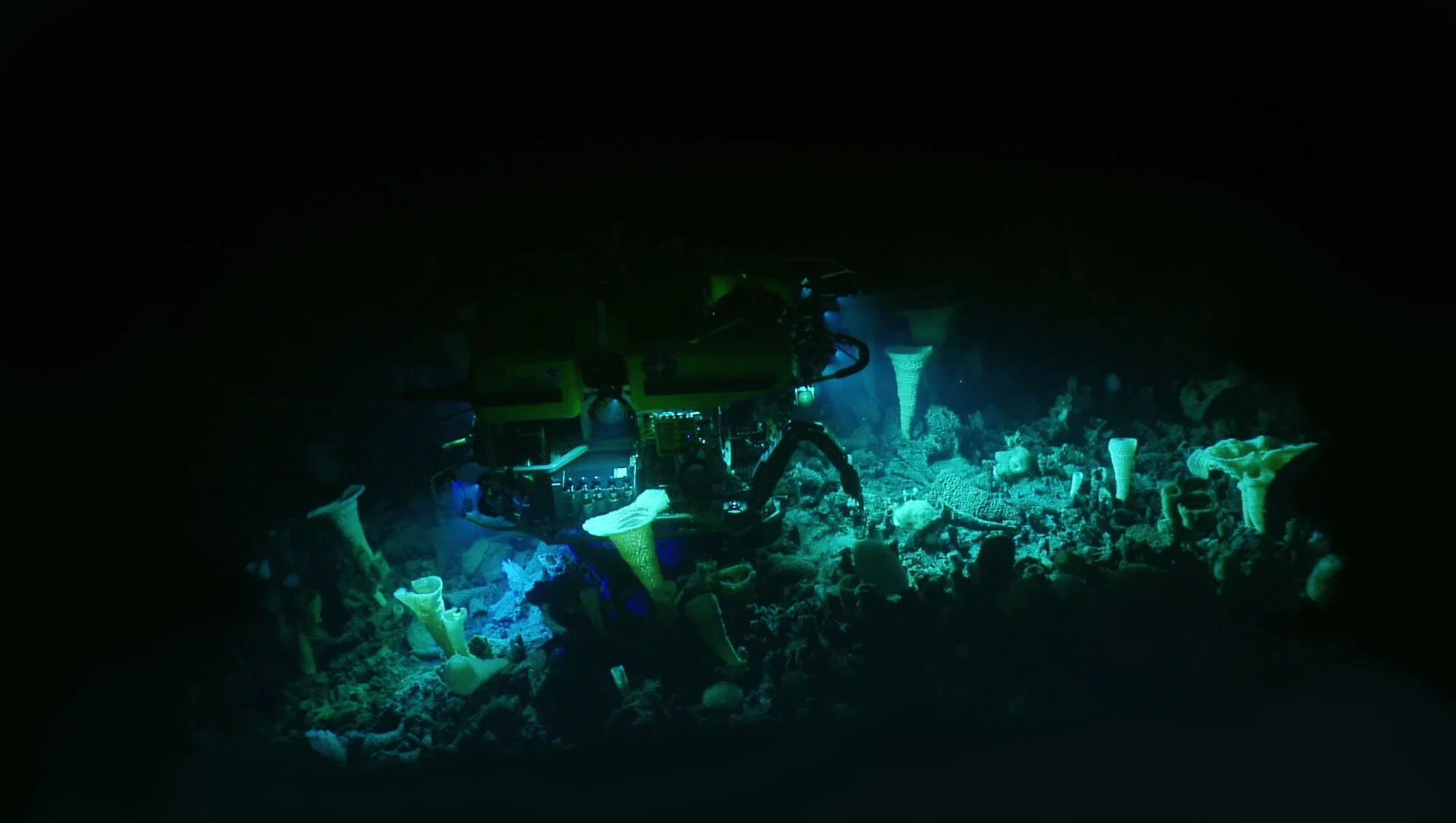The editors of the 2021 State of the Mountains Report share their thoughts on how 2021 has reminded us that we are stronger when we face environmental challenges together.
Read MoreThere have been relatively few studies of the plants of the Inuit Nunangat, and little is known about how these plants will perceive and respond to changing environments.
Read MoreThe Cordilleran Mountain System, extending the length of the west margin of the North American continent, consists of numerous separate and distinct mountain ranges, is host to much of the continent’s mineral and energy natural resources, is the source of much of our freshwater the last bastion of all of our sub-arctic glaciers, and constitutes one of the continents last great wilderness regions.
Read MoreLe système de montagne de la Cordillère se compose de plusieurs chaînes de montagnes distinctes qui s'étendent sur la longueur de la marge occidentale du continent nord-américain.
Read MoreAlpine butterflies are easy to love for their exuberant animation across scree slopes and mountain meadows. While most of us only encounter alpine butterflies on sunny, summer days, they are far from being limited by such agreeable conditions.
Read MoreComme il est déjà difficile de prévoir les effets du changement global sur les espèces une à une, prédire l'avenir des interactions entre espèces peut sembler impossible. Toutefois, quelques prédictions à grande échelle peuvent être faites.
Read MoreAll species depend on some interactions (plants on pollinators for reproduction, predators on prey for food, screech owls on woodpeckers for nesting cavities) and are harmed by others. Whenever species adapt, move, or die out, the effects ripple through ecosystems via these interactions.
Read MoreMountains are naturally diverse places, with different animals and plants living in forests and in the alpine, on windward and leeward slopes, in wet and dry meadows. With the latest advances in technology, it has become easier to document this diversity, but the sheer numbers of species to keep track of make this a daunting task. Where to start and how to set priorities?
Read MoreThe retreat of mountain glaciers worldwide is a key indicator of modern climate change, with mass loss from glaciers contributing to sea level rise and to river flows during dry and warm parts of the year. In western Canada, maintenance of low flows by glacier meltwater is essential for maintaining biodiversity, hydro-power generation, agricultural irrigation, and water supply for major cities and small towns.
Read MoreAu large des provinces atlantiques du Canada, se trouvent sous l'océan Atlantique Nord des montagnes tout aussi majestueuses et variées que dans la Cordillère nord-américaine. Elles forment des chaînes de montagnes sous-marines, de concert avec des crêtes et des plateaux plus grands qui s'élèvent de 1 000 à 3 000 mètres au-dessus du grand fond océanique, et constituent des sites importants de biodiversité marine.
Read MoreOffshore from Canada’s Atlantic Provinces, in the North Atlantic Ocean (Figure 1), are mountains every bit as majestic and varied as those of the Western Cordillera. They form chains of seamounts, together with larger ridges and plateaus rising one to three thousand metres above the deep ocean floor.
Read MoreWe lose sunlight quickly. Thirty meters down is already pitch black. The area illuminated by the beams of our lights seems modest for our mission. Imagine mapping the Rocky Mountains at night by flashlight. What we do is similar, but, for the full effect, imagine an unexplored Banff is hidden below three kilometres of water.
Read MoreModern mountaineers can view mountains and routes in broad daylight, but cave exploration remains a journey into unknown territory. The underground is hidden, and even finding a cave can be a challenge. Searching for new cave systems may require as much effort as exploring them.
Read MoreThe Canadian Mountain Network (CMN) strongly advocates for bringing Indigenous knowledge and Western science together in research partnerships to inform and enhance decision-making. This pan-Canadian research network supports the resilience and health of Canada’s mountain peoples and places.
Read MoreThe atmosphere in many of the high-elevation mountains on Earth is warming faster than the global average, a phenomenon referred to as Elevation Dependent Warming . There is growing evidence that EDW is a global phenomenon, supported by both observations and climate modeling studies, and it appears that many of the highest mountain ranges are warming more rapidly than the surrounding lowlands.
Read MoreFour Calgary students concerned about how the areas in the Rocky Mountains are being managed took it upon themselves to create a meaningful learning experience with experts, stakeholders, and other youth from across western Alberta and eastern B.C.
Read MoreL'entraînement récréatif aux avalanches a commencé son développement à la fin des années 1980 grâce à la Patrouille canadienne de ski et l'Association canadienne des avalanches (Canadian Avalanche Association).
Read MoreAccident prevention means supporting backcountry users with training and tools that help them make good decisions in avalanche terrain, and providing them with the ability to respond to their own incidents effectively.
Read MoreScattered throughout the mountains of western Canada, often hidden behind locked gates at the end of gravel roads, are mines. Although they are concealed from much of society, it is worth highlighting the role of mining in these rapidly-changing, remote landscapes.
Read MoreIn this article, the authors highlight the emerging hazards of landslides and volcanic activity that are associated with a warming cryosphere in British Columbia. There are many similarities between these examples and the hazards that exist in other mountainous areas around the world.
Read More




















